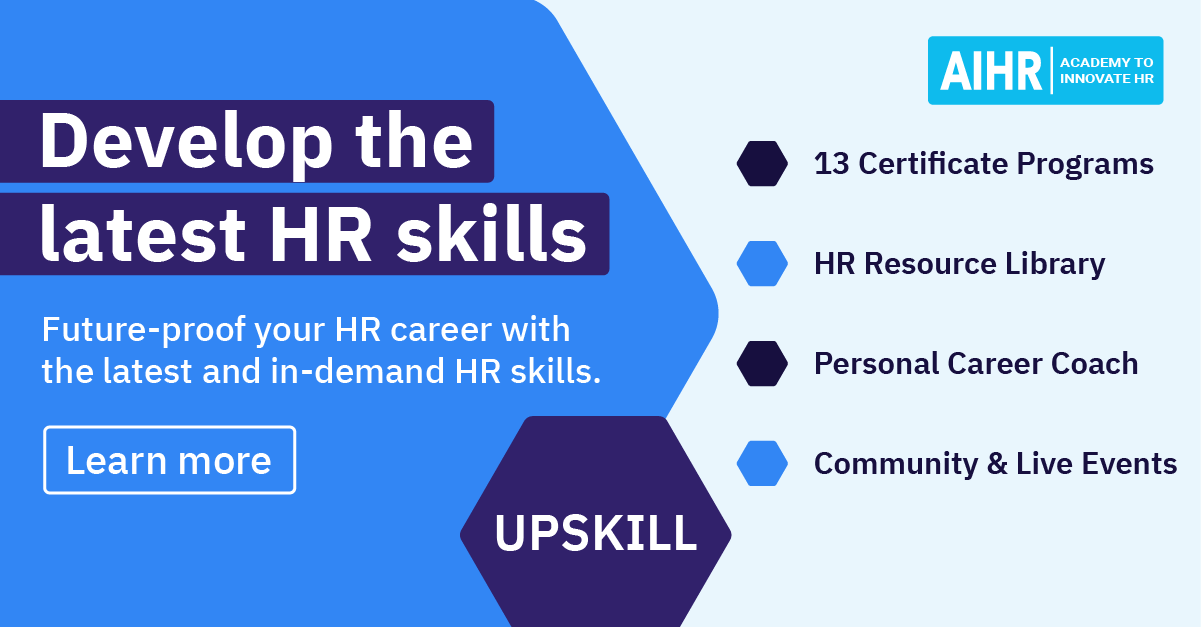Employee retention can be defined generally as an organisation’s voluntary actions which enhance job satisfaction and intention to stay over a long period (Chaminade, 2007). According to Shekshnia (1994), employee retention is a comprehensive set of human resource policies and strategies of an organisation to attract and keep in its employment the best available talents. Some scholars (Smith et al., 2011) have extended the concept into a continuous process that begins with recruiting the right people and follows up with other human resource programs to keep employees engaged and committed to the organisation. Retention is defined as the process by which an organisation ensures that the employees choose to stay on with their current company and do not actively seek other job prospects. Retention is defined as a voluntary move by an organization to create an environment which engages employees for long term (Chaminade, 2007). Thus, employee retention can be summarised as a long-term initiative by employers to ensure that the best individuals choose to join their organisations and continue to remain with them.
Why is it Important to Retain Critical Employees in your Organisation?
Employee retention is important since employees are often the most valuable assets of an organisation. According to Samuel and Chipunza (2009), retention of employees is critical for organisations to maintain a source of competitive advantage since the loss of talented employees can be detrimental to the productivity and profitability of businesses. Furthermore, since a great deal of money is spent on recruitment and training, the need to retain employees has become doubly important to their bottom-lines.
Abbasi and Hollman (2000), studied the impact of employee turnover on organizations and found that excessive employee turnover often engenders far-reaching consequences and, at the extreme, may jeopardize efforts to attain organizational objectives. Abbasi and Hollman (2000) went on to say that when an organization loses a critical employee, there is the negative impact on innovation, consistency in providing service to guests may be jeopardized, and major delays in the delivery of services to customers may occur. According to Vaiman (2008), retention management has become a major source of competitive advantage in the modern and rapidly globalizing business world. Organizations will need to either create an intellectual capital environment where the transmission of knowledge takes place throughout the structure, or continue to lose important individual knowledge that has been developed during the length of service (Harris, 2000).
According to Firth, Mellor, Moore, Loquet (2007), people leave the organization due to various reasons. The experience of job-related stress (job stress), the range factors that lead to job-related stress (stressors), lack commitment in the organization; and job dissatisfaction make employees quit. The employee can be dissatisfied with the organization due to many reasons. Personal dissatisfaction itself is a major reason for an employee to leave the firm. This dissatisfaction can arise from various factors such as compensation, job security, job autonomy, relationship with the supervisor and other colleagues. To minimize the costs associated with the turnover, firms are implementing various strategies.
Strategies for Employee Retention
Advertisment
Organisations try to prevent employee turnover by implementing effective retention strategies. Different employee retention strategies can be used by employers and these include among other strategies:
Flexible Working Hours
As noted by Denton (1992), policies such as flexible work hours, availability of child care tuition assistance programs and discounts on services top the list of desired benefits. Branch (1998) noted that money may be the reason employees give when they resign, but it is like “white noise”. They are conscious of it for a while but if they are bored with the job, money alone is not going to keep them there. Bush (2001) also concludes that work flexibility affects employee retention, although the majority of employees do not quit their jobs based solely on work flexibility issues. According to studies done by Denton and Golden (2008), flexible working provides organisations with retention advantages since it improves employees’ job satisfaction. The introduction of any flexible working practice in an organisation must be preceded by a proper needs assessment of its workers, followed by systematic identifications of which flexible practices are required to meet those needs.
Work-Life Balance
Be careful to avoid having a culture that encourages and rewards around-the-clock availability. Expecting staff to regularly work long hours and be at your beck and call is not conducive to employee retention. A healthy work-life balance is essential to job satisfaction, and people need to know that their managers understand they have lives outside of work. Encourage staff to take their vacation time, and if late nights are necessary to wrap up a project, see if you can offer late arrivals or an extra day off to compensate.
Attractive Compensation Packages
It's is imperative in this competitive labour market for companies to offer attractive compensation packages. That includes salaries, of course, but also bonuses, paid time off, health benefits and retirement plans. Every employee should have a full understanding of the benefits they receive from your organization from the outset.
Perks
Whether it’s paid time off for volunteering, occasional catered lunches or free snacks and coffee every day, perks can make your work stand out and boost employee morale. Some companies negotiate group discounts on big-ticket purchases, from cars and homes to smartphones and home security systems.  
Wellness Offerings
Employees who are fit mentally, physically and financially tend to be productive. Of employers polled for a Robert Half survey, 74% said they have mental wellness offerings of some sort, such as stress management programs. Sixty-five per cent of employers offer financial wellness resources, such as retirement planning or credit counselling. And 63% said they provide gym access, incentives for engaging in healthy behaviour or other physical wellness options.
Open Communication and Constructive Feedback
In any organisation, you need to keep open the lines of communication for all the employees. Your direct reports should feel they can come to you with ideas, questions and concerns, and they expect you to be honest and open with them about improvements they need to make in their performance. Make sure you connect with each staff member regularly — don't let performance issues pile up pending the annual review. 
Training and Development
One of the methods that can be utilised to retain employees is training and development. The organisation should make it a priority to invest in their employees' professional development and provide opportunities for them to grow by having clearly defined career paths. Some companies pay fees and travel for employees to attend conferences or industry events each year, provide tuition reimbursement, or pay for continuing education training. 
Reward and Recognition
Any employee needs to feel appreciated for the work they do. Organisations should deliberately make it a habit to thank their employees when they go the extra mile, whether it's with a sincere email or a gift card. When you show your appreciation to employees, explain how their hard work helps the organization. Some companies make it a policy that they have well-developed incentive schemes meant to reward outstanding performers in their organisations to incentivize great ideas and innovation.
Cultivating a Culture of Teamwork
When people work together, make sure everyone, not just your team’s stars, has a chance to contribute ideas and solutions but provide an open forum for everyone to contribute. Further, foster a culture of collaboration by accommodating individuals' working styles and giving them the latitude to make smart decisions.
Conclusion
Against this background its high time that organizations should develop policies, practices, and strategies that would enable higher levels of employee retention and create greater efficiencies in meeting strategic business objectives. It should include among other things staying current on market standards for salary and benefits and best practices in developing attractive workplace culture and strong manager-employee relations.
Newturn Wikirefu is the Talent Acquisition Manager at Industrial Psychology Consultants (Pvt) Ltd a management and human resources consulting firm.
Phone +263 4 481946-48/481950/2900276/2900966 or cell number +0784 597 343 or email: newturn@ipcconsultants.com or visit our website at www.ipcconsultants

